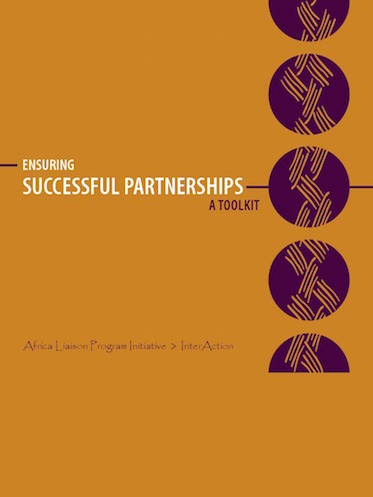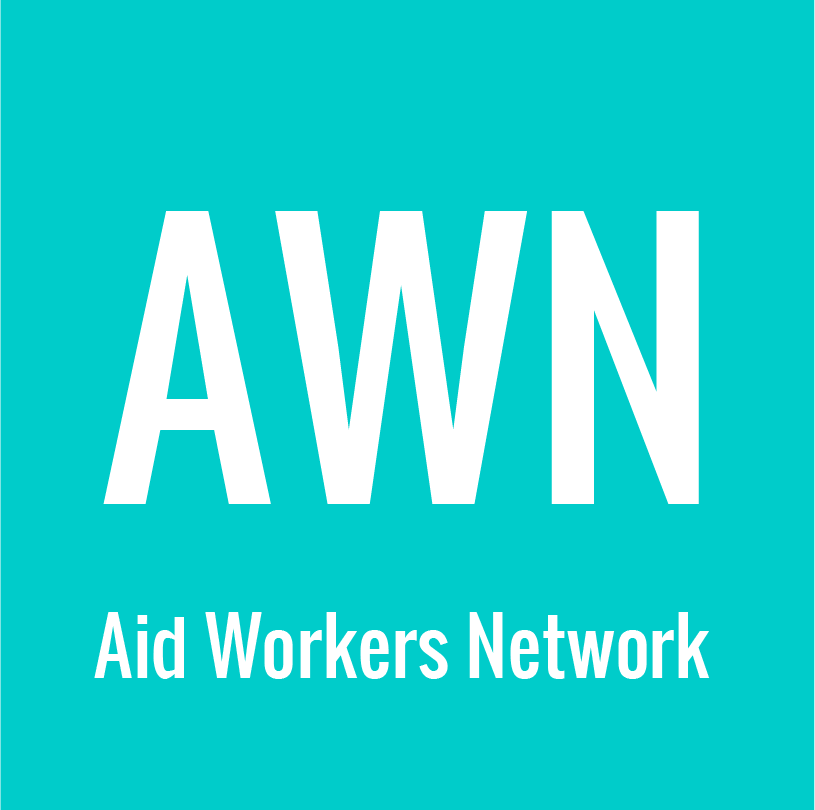
- March 27, 2018
In relief and development assistance, “partnership” is a term with many meanings and forms—from alliances to contracts to grantor-grantee relationships. Partnerships result from the growing conviction that solving a society’s problems requires a combined effort of diverse institutions, including the alignment and combination of competencies and functions. Partnership brings together parties with very different objectives, resources and incentives around shared goals and equitable allocation of authority, efforts and resources. The international aid system now recognizes and even encourages partnerships, but provides little to no real guidance on how to equitably create and function in a partnership.
In any collaborative work, partners should regularly assess how their relationships are working in practice. InterAction’s Africa Liaison Program Initiative (ALPI) has developed a tool to address this issue. ALPI’s Partnership Assessment and Monitoring Tool (PAT) is designed to help evaluate and improve the quality of both bilateral (between two organizations) and multilateral (among a network of organizations) partnerships. PAT uses a methodology of self-assessment to evaluate the quality of partnership relations from the perspective of the partners themselves. It is a fast and easy method, using a three-step process and a set of practical tools, to analyse twelve clearly defined principles. The analysis uses evidence in the form of facts and examples generated throughout the partnership to determine its level of performance, while enhancing partners’ collective understanding of effective partnerships. The periodic use of this assessment methodology will help guide and track progress in partnership relations as they develop.

I think those mentioned tips are brilliant in terms of humanitarian principles and humanitarian standard ….